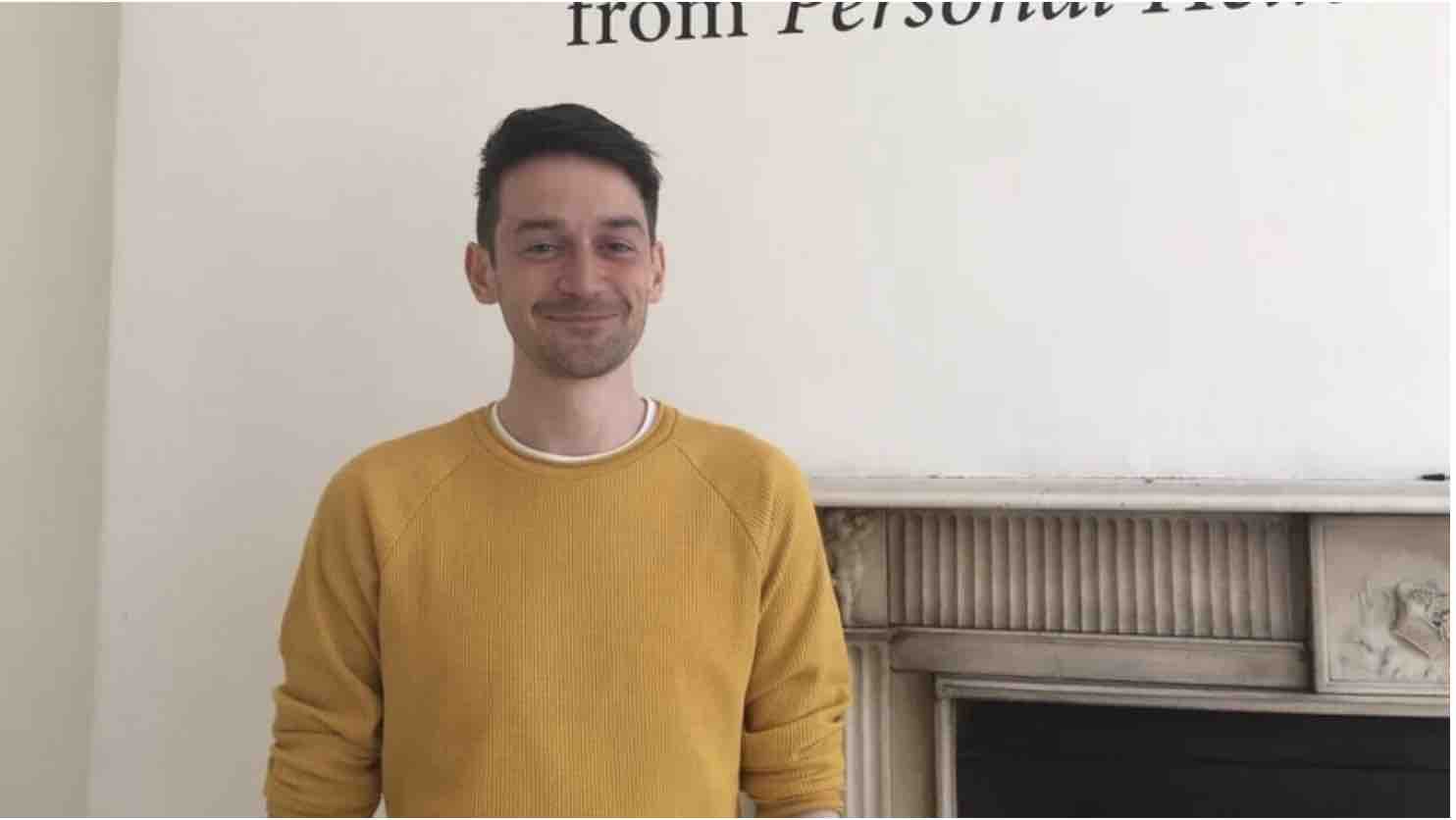
Image Credit: RTÉ
Renovation
From our grandparents’ day a loose-leaf tea box depicting an oriental scene. Two tin women sit beneath gold leaf and a leaden sky
absorbed by a missive one is holding to the light.
They have spent too long deserted in the cupboard, are so glad to be back above the countertop
they miss the drills and hammers, the growing pile it is considered they might join.
Sheets of yellowed newspaper advertise Silk Cut, report, verbatim, the Pope’s condolences
to Jack and Jackie Kennedy
without foregrounding anything. A boot shifts
cheap board shuttering a doorway
and from the huff of plaster dust a talc-soft light permeates the gloom of what was once a living room, hammers miss a beat. And since we kept it
we can see the clearance rustle plated leaves,
the ladies rise and bow, stowing their scroll
into the folds of a kimono, and take the winding path that leads behind, toward the gilded sunset.